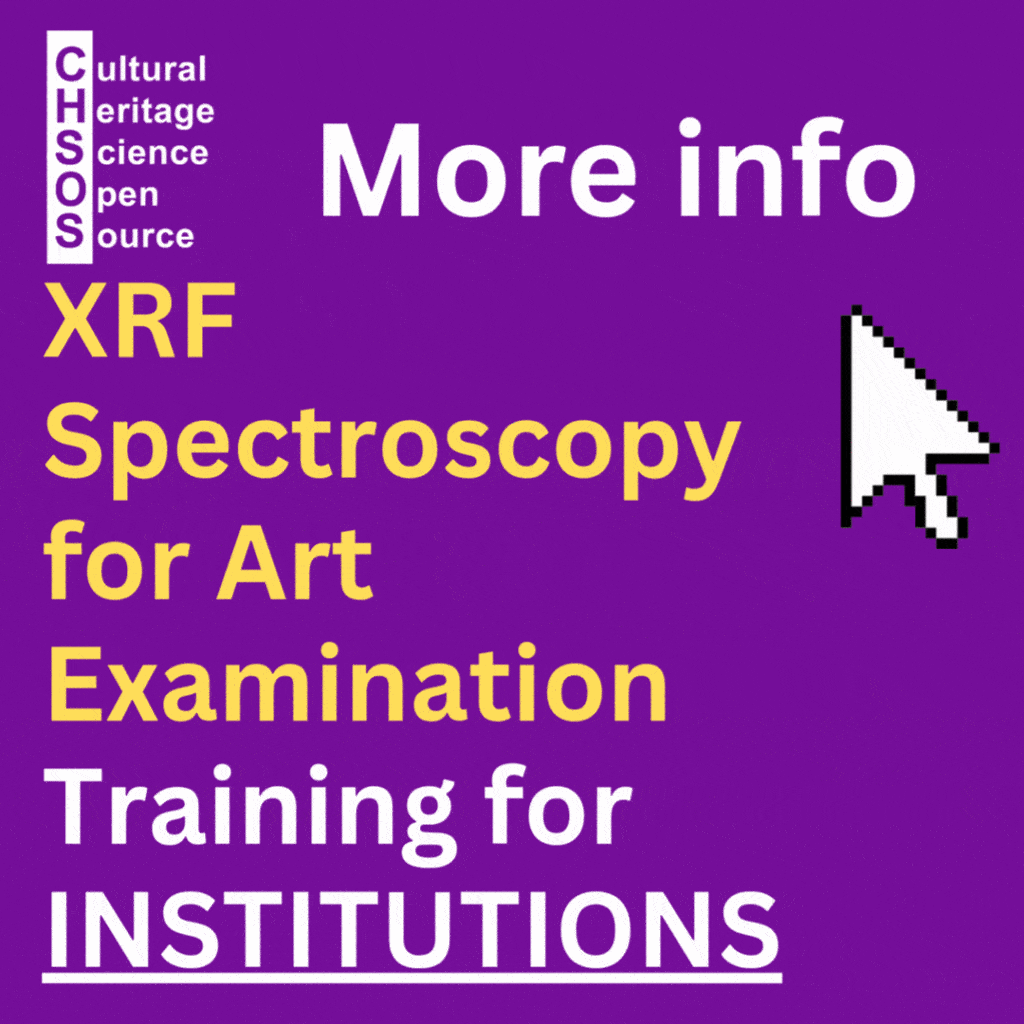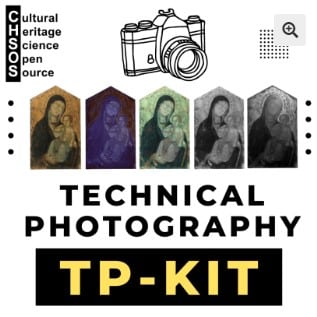Home » Case Studies » 19th-century South-Asia Islamic manuscript
19th-century South-Asia Islamic manuscript
This object is a single, irregularly shaped sheet of aged paper containing handwritten Arabic text in brown ink. The sheet shows significant signs of wear: edges are torn, frayed, and uneven, particularly on the left and right sides, indicating age and possibly rough handling or insect damage.
The paper is yellowed and displays dark stains and watermarks, near the center. Some holes and small losses appear throughout the sheet.
The handwriting is in a traditional Arabic script, flowing and consistent, likely written with a reed pen (qalam) using iron-gall or similar historical ink.
The text appears to be prose-like religious or ethical, possibly a moral exhortation, a prayer, or a short treatise. It contains many typical formulas invoking God, good deeds, patience, charity, divine rewards, and protection. Script seems to be a form of Maghrebi-influenced or Indian-regional Arabic handwriting (common in India, Pakistan, Afghanistan in the late 19th–c.). The script shows features typical of South Asian Arabic handwriting, with elongated descenders, rounded letterforms, and frequent ligatures.
The repeated references to Paradise, almsgiving, the Day of Judgment, mercy, and righteousness indicate it may be part of a didactic Islamic manuscript, possibly used for teaching or recitation.
This fragment is a representative example of vernacular Islamic manuscript culture in South Asia during the late 19th century. While not a luxury manuscript, it preserves evidence of: regional handwriting practices, devotional didactic literature, the materials and inks typical of everyday manuscript production.
The text contributes to the study of popular religious instruction and manuscript use in the Indo-Islamic world.
CHSOS Collection – item #84
Training: Scientific Examination of Iron Gall Ink
This item was analyzed as a case study during the 3-day Training Program on the Scientific Examination of Iron Gall Ink hold in 2025. I would like to thank the participants, Egle, paper conservator based in Lithuania and Natalija from Ink Lab University Library in Basel Switzerland, for conducting the examination and for sharing their expertise in paper conservation while practicing the scientific analysis methods.
Registration open for the Next Training Program!

The Paper
IRT reveals the laid paper structure and a possible watermark. The FTIR spectrum of the paper displays only the characteristic cellulose peaks. XRF analysis shows identical spectra for both paper and ink, indicating that the ink does not contribute a distinct elemental signal. The paper contains low levels of calcium and iron. UVF imaging highlights an early foxing spot that is not yet visible to the naked eye.




The Ink

However, the FTIR spectrum of the ink does not reveal any specific features attributable to IGI—only the cellulose bands from the paper are visible. As expected, IGI does not exhibit strong absorption bands that can be easily distinguished in FTIR when applied on paper or parchment.
XRF analysis did not reveal measurable iron in the ink. We performed measurements using both the ROUTINE filter setup and the LK filter setup, but in both cases no difference was detected between the spectra of the paper and the ink. Therefore, we cannot confirm that this is an IGI ink.
Raman spectroscopy was also attempted, using an 830 nm laser—recommended for IGI analysis. Unfortunately, even at this wavelength, paper fluorescence was so strong that no signal from the ink could be collected.
The reflectance spectroscopy (RS) spectrum of the ink shows a distinctly flat profile, different from the characteristic spectrum of IGI, such as the one in the Pigments Checker reference. Typically, IGI absorbs up to about 700 nm and then becomes transparent. In contrast, this ink begins to transition to transparency from around 450 nm, suggesting that a different type of ink may have been used.

Comparison of the RS spectra of the ink and paper suggested that a multispectral imaging (MSI) filter at 610 nm could provide enhanced contrast. In this case, however, the ink is already in good condition, so the MSI image offers only a slight improvement. We also tested DStretch, where the Lab methods appeared most suitable for enhancing text readability.

USB microscopic observation of the ink confirms that it is genuine handwriting.

The Pigments
No colors other than the ink are visible, and IRF imaging did not reveal the presence of cadmium-based pigments or Egyptian blue.
Conclusions
The item is a laid paper featuring an interesting watermark. The most notable finding for this manuscript is that the ink does not contain measurable iron detectable with our XRF system. Although the TP images are consistent with what we would expect from IGI, no iron was found in the ink. Further research is recommended to determine the actual composition of this ink.

















